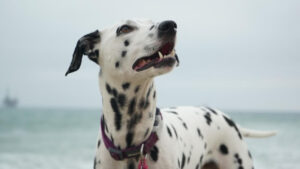
Dog Puzzle Feeder vs Interactive Toys: Which Is Best For Your Pooch?
Choosing the right plaything for your furry friend – be it a dog puzzle feeder or interactive toys – is essential for their mental and
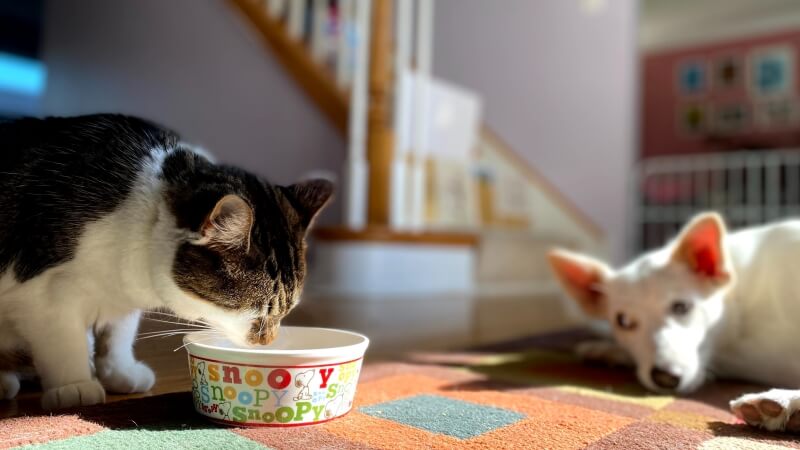
How to keep your dog out of cat food? Picture this: you’ve just stocked up on your cat’s favorite premium food, and you turn your back for a moment only to find your furry canine friend indulging in a feast meant for your feline companion.
If you’ve ever pondered this age-old predicament, you’re in the right place. In this comprehensive guide, we will delve deep into the intricacies of this issue, from understanding why dogs are drawn to cat food to implementing effective strategies that will maintain peace and well-being in your pet-filled household.
Let’s start by unraveling the mystery of why dogs are irresistibly attracted to cat food. It’s no secret that many dogs seem to have an unquenchable desire for that kibble meant exclusively for our feline companions. Here, we’ll explore the underlying reasons for this fascination.
Before we jump into effective solutions for keeping your dog out of cat food, it’s essential to assess your dog’s dietary habits and ensure they are receiving proper nutrition. This step is crucial for their overall health and well-being.
While the occasional nibble of cat food may not pose an immediate threat to your dog, consistent consumption can lead to nutritional imbalances and health problems. It’s essential to understand the potential long-term effects of this behavior.
Now that we have a better understanding of why dogs are drawn to cat food and the potential health risks involved, let’s explore practical solutions to keep your dog out of your cat’s food.
1. Supervised Feeding
One of the simplest methods to prevent your dog from raiding the cat’s food bowl is to supervise their meals. Feed your cat and dog separately, ensuring they finish their meals in their designated areas. This hands-on approach allows you to control the situation effectively.
2. Dog Training
Training your dog is an effective way to deter them from indulging in cat food. Teach them commands like “leave it” or “stay” and reward them with their favorite treats when they obey. Consistency and positive reinforcement are key to successful training.
3. Dedicated Feeding Areas for Cats
Create separate feeding zones for your cat and dog. Use gates or barriers to establish boundaries that prevent your dog from accessing the cat’s food.
4. Smart Feeders
Consider investing in smart feeders that are programmed to open only for your cat. These devices use technology to recognize your cat’s microchip or collar tag, ensuring that only your feline friend can access their food.
5. Specialized Dog-Proof Containers
Some pet supply stores offer dog-proof cat food containers designed with mechanisms that make it challenging for dogs to open. These containers are a worthwhile investment to protect your cat’s food.
6. Installing Cat Doors
If your cat’s feeding area is in a room with a door, you can install a cat door that is too small for your dog to fit through. This allows your cat to access their food while keeping your dog out.
Training your dog is an essential component of keeping them away from cat food. Here are some training tips to help you succeed:
Creating a well-structured feeding area is vital in preventing your dog from accessing your cat’s food. Here are some practical steps you can take:
If your dog frequently raids the cat’s food bowl, it’s essential to consider the potential impact on their health. Here are some important health considerations:
Digestive Issues
Consistently consuming cat food can lead to digestive problems in dogs. Symptoms may include diarrhea, vomiting, and discomfort. Monitor your dog’s health and consult your vet if these issues arise.
Nutritional Imbalances
Prolonged consumption of cat food can disrupt your dog’s nutritional balance, leading to deficiencies or excesses of certain nutrients. Regular check-ups with your veterinarian can help monitor your dog’s health.
Consulting a Veterinarian
If your dog’s behavior of eating cat food persists despite your efforts to prevent it, consult your veterinarian. They can assess your dog’s health and recommend specific dietary adjustments if needed.
In addition to implementing strategies to keep your dog away from cat food, you can also make adjustments to your cat’s feeding routine to minimize your dog’s interest. Here are some tips:
Mastering the art of how to keep your dog out of cat food is pivotal for safeguarding the health of your beloved pets and maintaining a serene atmosphere in your home.
With the practical tips and strategies outlined in this comprehensive guide, you can ensure your cat’s food remains untouched by your dog’s wandering appetite.
And don’t forget to consider introducing a puzzle feeder to add an extra layer of entertainment and mental stimulation for your furry companions. Your efforts will be rewarded with a household filled with happy, well-fed pets. Remember, it’s all about balance, patience, and a little training.


Choosing the right plaything for your furry friend – be it a dog puzzle feeder or interactive toys – is essential for their mental and
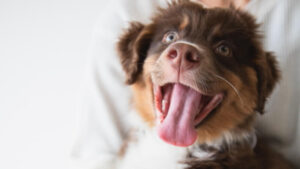
Wondering if a puzzle feeder could revolutionize your pet’s mealtime into an exciting challenge? This unique device promises to engage your furry friend both mentally

For passionate pet enthusiasts, a puzzle feeder is more than just a toy; it’s a critical tool for mental stimulation and dietary control for their

Are you ready to dive deeper into the world of puzzle feeder and embark on a journey to ensure your furry friends remain mentally stimulated?
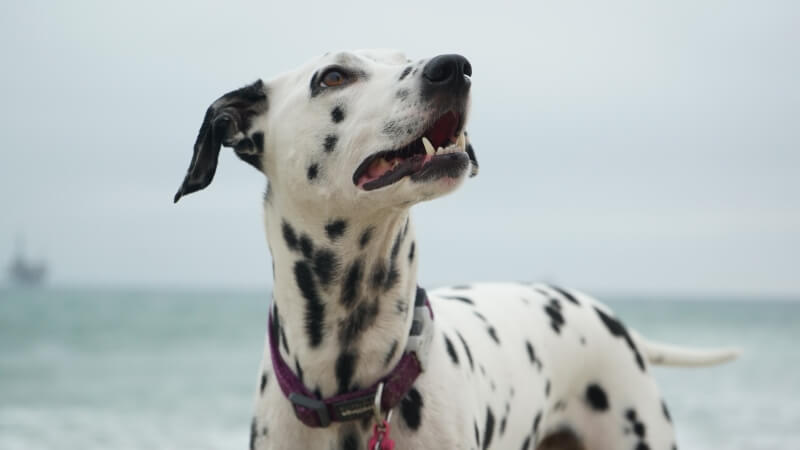
Choosing the right plaything for your furry friend – be it a dog puzzle feeder or interactive toys – is essential for their mental and
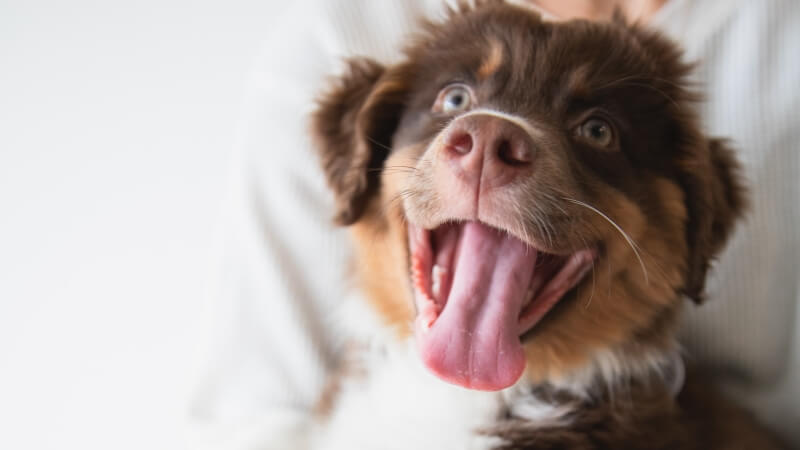
Wondering if a puzzle feeder could revolutionize your pet’s mealtime into an exciting challenge? This unique device promises to engage your furry friend both mentally

For passionate pet enthusiasts, a puzzle feeder is more than just a toy; it’s a critical tool for mental stimulation and dietary control for their

Are you ready to dive deeper into the world of puzzle feeder and embark on a journey to ensure your furry friends remain mentally stimulated?
Copyright © 2024 puppypuzzlefeeder. All Rights Reserved.